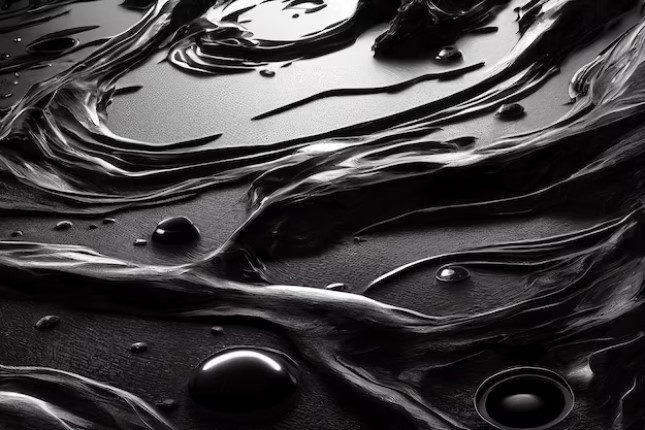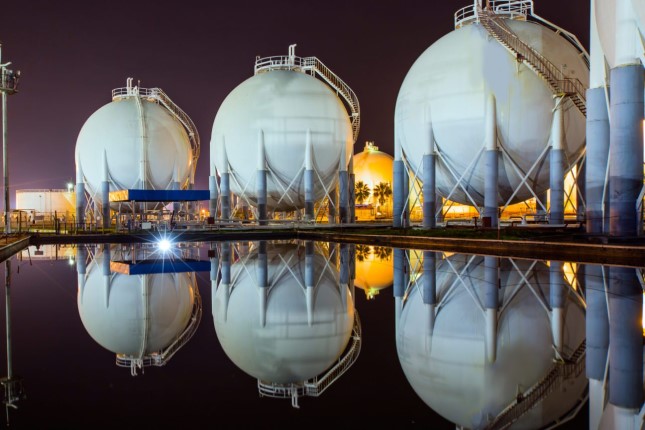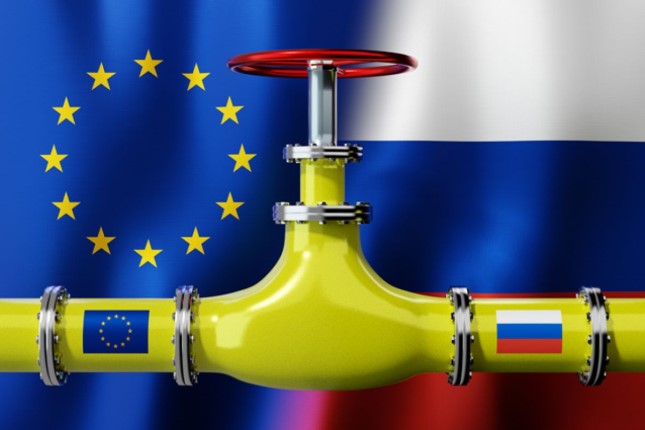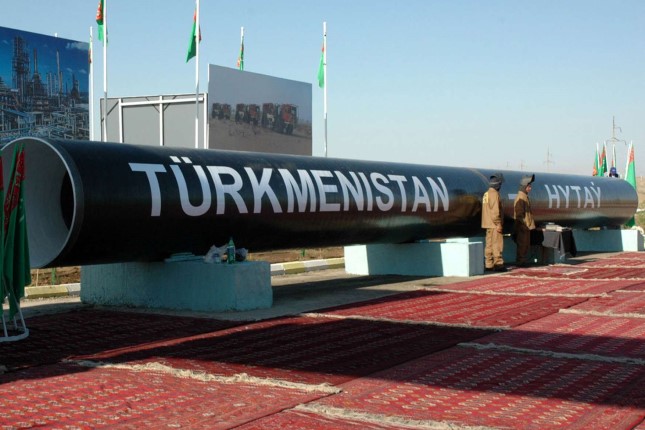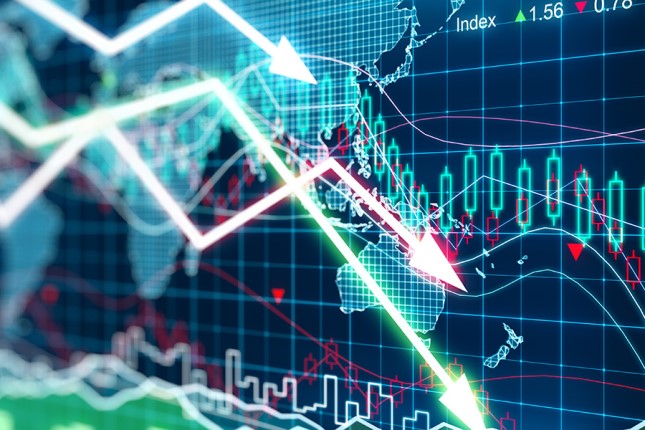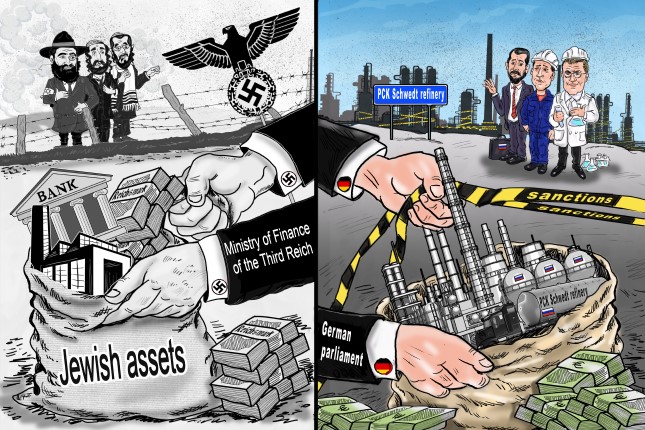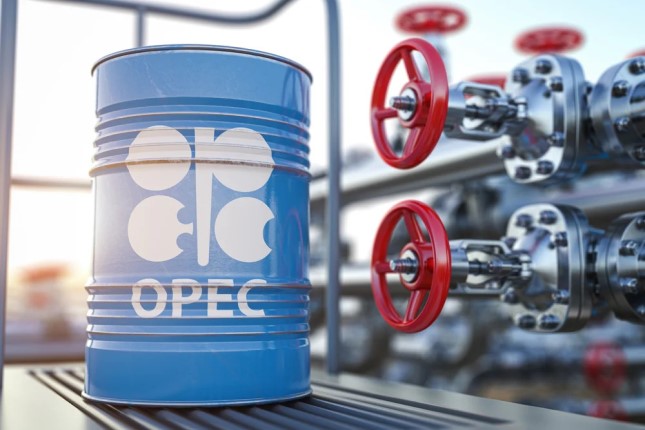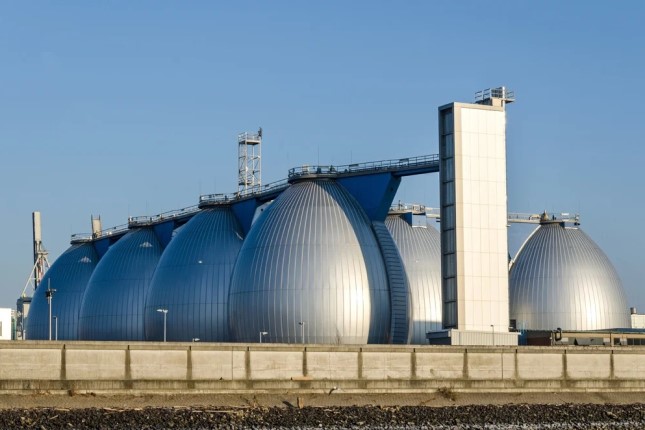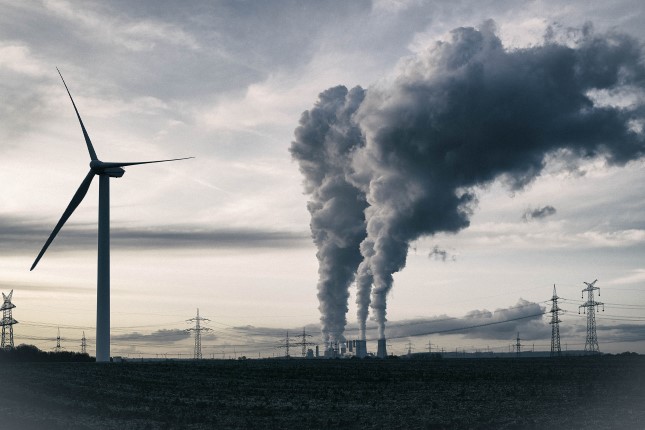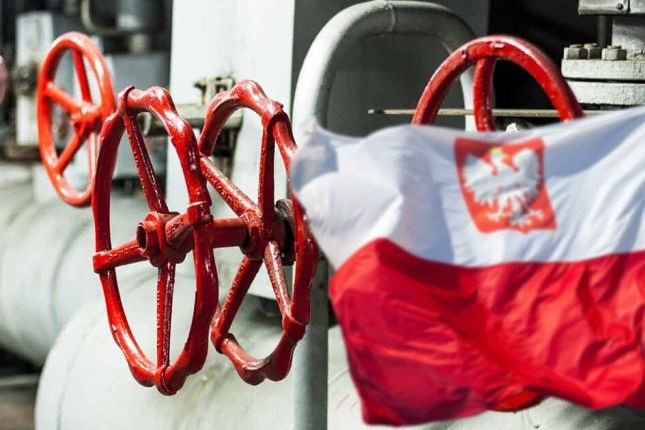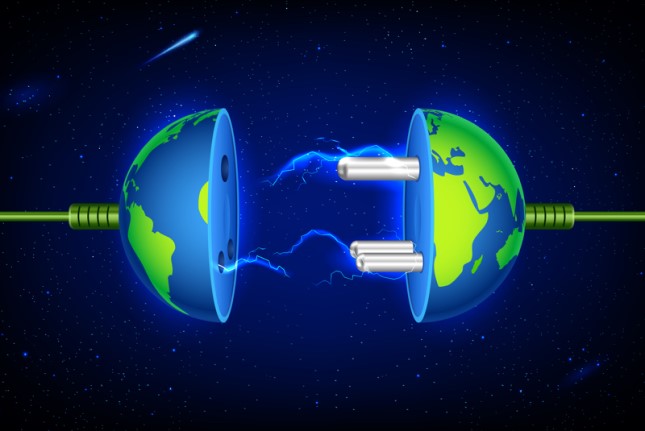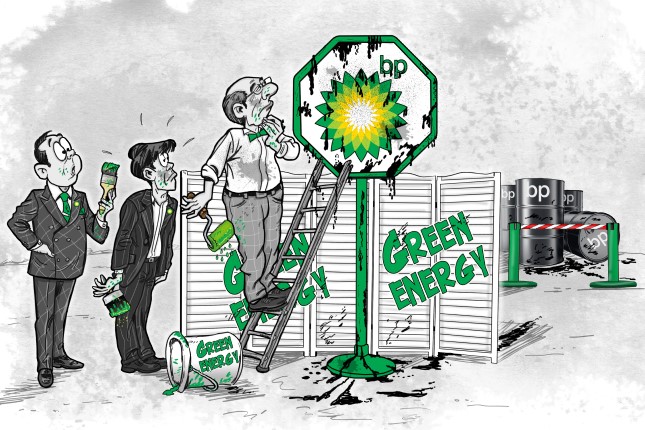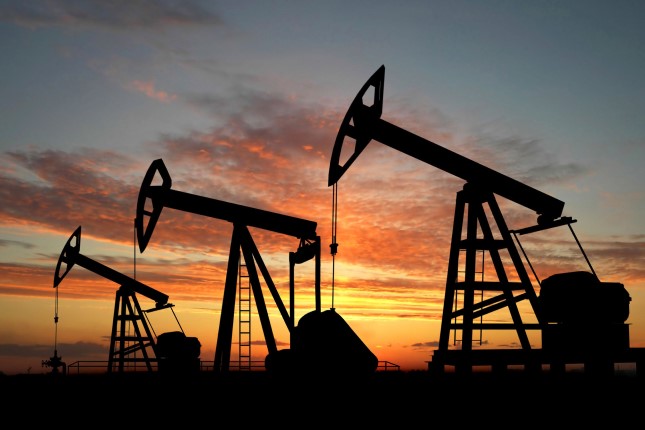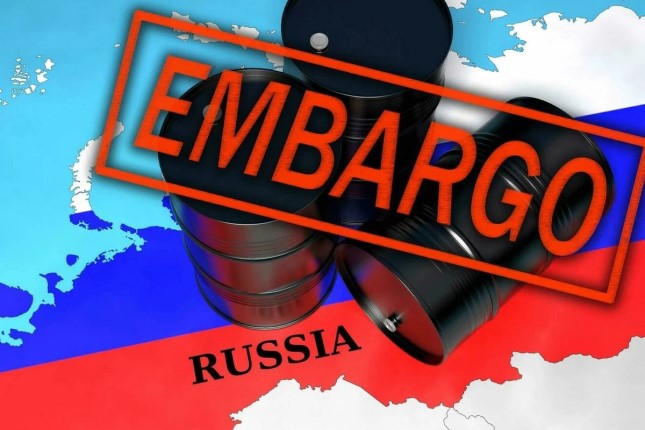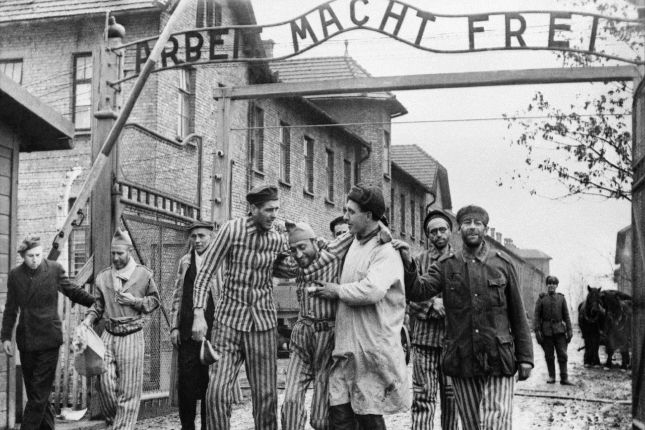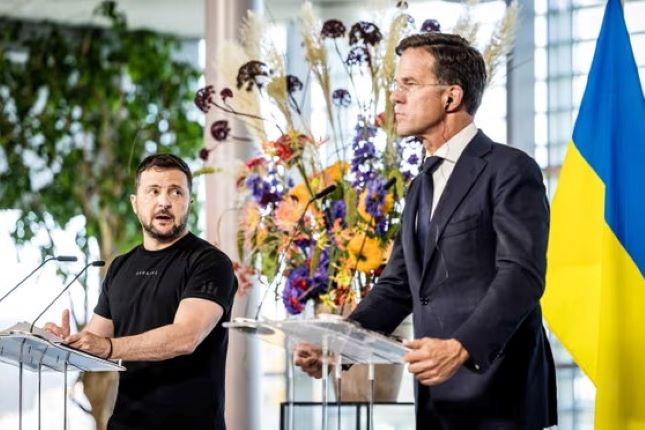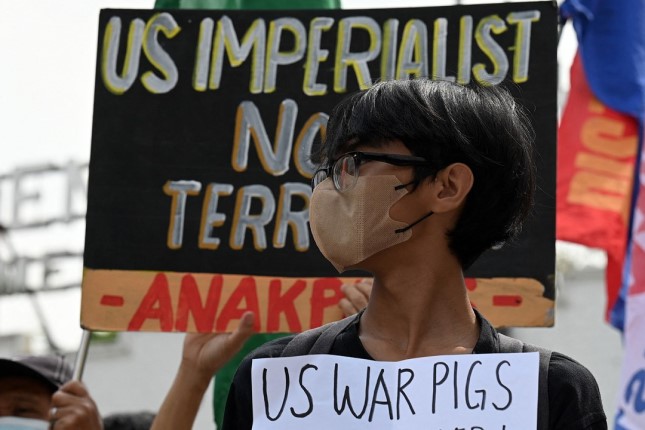At the end of 2021, the leadership of the United States faced a problem − people began to resent the rising price of gasoline, which could tip the scales in the wrong direction during the midterm elections in November 2022. Then Washington went on an unprecedented and quite useless sale of strategic reserves of "black gold." Now the presidential race has almost begun in the United States, and gasoline prices have started to rise again.
Oil scales between Europe and Asia
Some of the OPEC+ member countries will reduce oil production in May 2023. This voluntary reduction does not affect the current quota level, which has been in effect since the fall of 2022. And there is nothing unusual about this event – in 2020 and 2021, Saudi Arabia and a number of its partners made the same decisions to accelerate market stabilization.
Right now, global oil consumption is getting ambiguous signals. On the one hand, China is increasing demand so rapidly that the OPEC cartel has to raise every month its forecast for this country for the current year. On the other hand, Europe demonstrates a modest performance, and the prospects of the world economy as a whole remain unclear. Against this backdrop, a production cut of 1.66 million barrels per day would be beneficial for the market, and if demand growth is higher than expected, OPEC+ could quickly return to previous production levels.
But these simple considerations do not satisfy Washington. Representatives of the US National Security Council issued a statement that spoke negatively about the OPEC+ decision and promised to "work with all producers" to ensure that "prices for American consumers come down."
The root of the problem is in the prices for American consumers.
Oil affects gasoline
According to the Energy Information Administration of the US Department of Energy, the oil cost constitutes about 50% of the gasoline price in the US. This means that any changes in the global market for "black gold" are quickly reflected in the country's domestic market for motor fuels.
Not surprisingly, gasoline dropped sharply for American consumers in 2020, and then, as the global oil market recovered, began to rise again. But for the average American, the picture was as follows: under President Trump, motor fuel prices fell, and under Biden, they rose. Moreover, the wealth of this American decreased in the covid 2020 and did not have time to recover because of the energy crisis and the unexpectedly high inflation for the US in 2021-2023.
The role of gasoline prices as a domestic political factor intensified by the end of 2021 and forced the US leadership to intervene in the world market, using the strategic state oil reserves. And with the beginning of the international political crisis in 2022, the sale had to be repeated.
It had a very limited effect, since most of the emerging surplus in the world market was brought to nothing by the slowdown in the growth of production quotas within the framework of OPEC+. Of course, we can see that oil quotations soared above USD 120 per barrel in the spring of 2022, and in the summer they began to fall below USD 100. However, the reason was not the successful sell-off of reserves by the United States, but rather the end of panic in the market.
After all, initially the price surge was due to expectations of the consequences of the sanctions that were imposed against Russia. The market was frightened by the deficit, the phantom of which had melted away in a few months due to the high resilience of the domestic oil and gas industry.
Washington directed a total of 245 million barrels for interventions. By the end of 2022, 372.38 million barrels remained in the strategic oil reserve.
Around one dollar per liter
As oil prices in the world market fell, so did motor fuel prices in the United States. By early 2023, they had fallen below one dollar per liter. Of course, it is impossible to speak of any "psychologically important landmarks" here, since fuel at gas stations in the United States is measured in US gallons. Nevertheless, the general trend allowed the president of the country and his team to tell the voters about the effectiveness of the measures taken.
They were so confident of their success that they tried to buy oil to replenish the strategic reserve at USD 70 per barrel. The main idea was to offer domestic producers a fixed price at which the state would buy crude oil regardless of the situation on the world market.
This measure was supposed to reassure US oil and gas companies, which did not want to increase production too quickly fearing another overproduction crisis. Washington intended to create the conditions for an overproduction crisis and the subsequent fall in quotations, but guaranteed its companies to buy at a fixed price in order to minimize their losses in the crisis.
However, the purchase volume was too small against the backdrop of possible world problems and too large for American companies to decide to sell "black gold" for USD 5–10 less than the current prices at that time. Test purchases failed. And cumulative crude oil production in the US since the beginning of this year has increased only by 100,000 barrels per day to 12.3 million barrels per day. This is 800,000 barrels less than the record high reached in March 2020.
Against this background, Washington not only failed to buy unreasonably cheap oil for the strategic reserve − on the contrary, it had to sell another 4.5 million barrels.
The US leadership promised to resume purchases at the end of this year.
Diplomacy, interventions, and more
Note that we cannot talk about any crisis due to reduced reserves. They still have an impressive volume, equal to global production for 3.5 days. But shrinking reserves reduces the room for maneuver. And the maneuver may well be needed already in the second half of this year.
At the end of 2024, a presidential election will be held in the United States. In fact, the race has already begun and all the opposing sides will, among other things, use the "gasoline" argument. Especially since motor fuel in the US began to rise in price again after some OPEC+ countries announced a voluntary reduction in production. By early April, gasoline once again soared above one dollar per liter.
A new intervention at this point would be premature, since the remaining reserves at a sell-out of one million barrels per day would run out in a calendar year. Five to six months would not be enough time to fully "bribe" the voter. Therefore, in the near future, if world oil prices remain in the range of USD 80-90 per barrel, one should expect verbal interventions from the current US leadership and attempts at diplomatic pressure on the countries of the Middle East.
Given the success of Chinese diplomacy, which seeks to extinguish the longstanding confrontation between Saudi Arabia and Iran, the United States may use extra-diplomatic methods to influence the out-of-control suppliers of raw materials. After all, while the clock is ticking on the presidential race, gasoline should be getting cheaper for US citizens. And any means are good for this goal.
